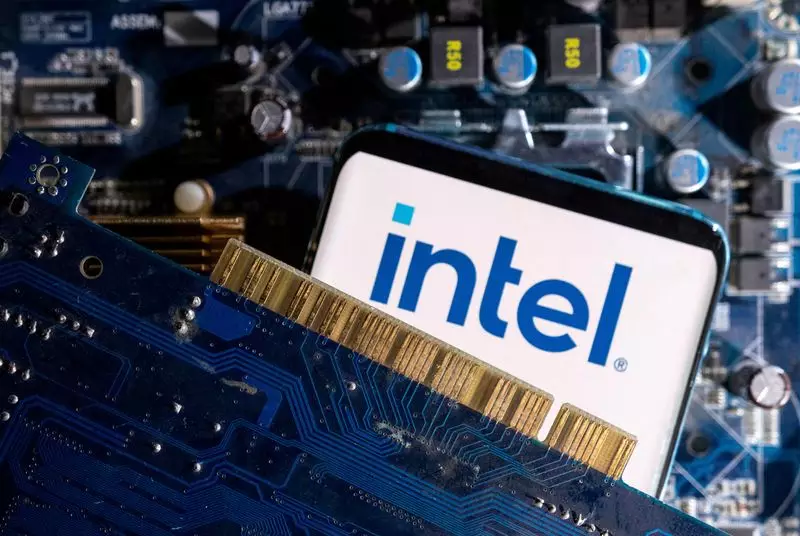Intel Corporation’s recent announcement regarding a substantial $7.86 billion injection from the U.S. government has sparked conversations about the future of corporate governance and independence in the semiconductor industry. As Intel seeks to modernize and expand its operations, it simultaneously faces the complexities of regulatory limitations that accompany this financial support. These developments hold significant ramifications not only for Intel’s chip manufacturing ambitions but also for the broader landscape of American technology firms aiming for growth in a competitive global market.
The U.S. Commerce Department’s stipulations attached to the funding represent a crucial pivot for Intel’s operational strategy. Specifically, the government mandates that, should Intel choose to separate its chip manufacturing unit into a subsidiary, known as Intel Foundry, it must retain a controlling stake of at least 50.1%. This requirement injects a layer of complexity into Intel’s plans to attract external investors who could offer additional capital and innovation. The ability to sell stakes in this new entity is further curbed by regulations that limit any single shareholder’s ownership to a maximum of 35% if Intel Foundry transitions to a public company.
This regulatory oversight raises critical questions about how Intel can navigate its growth ambitions while satisfying governmental conditions. The constraints on ownership and control could hinder Intel’s flexibility to pivot or diversify its operations while simultaneously attempting to pursue lucrative external partnerships.
The U.S. government’s decision to allocate funds to key semiconductor corporations, including the multi-billion-dollar support for Intel, underscores an urgent policy shift aimed at boosting domestic manufacturing capabilities. With escalating concerns about reliance on overseas suppliers, especially amid geopolitical instability, the necessity to bolster local chip production has never been clearer. The $39 billion investment initiative reflects a calculated approach to restore America’s position in the global semiconductor ecosystem.
However, the implications extend beyond merely financial assistance. By imposing conditions on the subsidies, the government aims to ensure that chips manufactured under these initiatives maintain a significant U.S. ownership stake. The overarching goal is to fortify national security and economic sovereignty in critical technological sectors, positioning domestic firms to effectively compete against powerful international alike Taiwan Semiconductor Manufacturing Co.
For Intel to flourish under these constraints, leadership must strike a delicate balance between compliance with federal directives and aggressive growth strategies. The CEO’s ambitions regarding the establishment of Intel Foundry could necessitate strategic financial maneuvering that respects the government’s limitations while seeking external partnerships.
As the company advances its operations in several states including Ohio and Arizona, the repercussions of failing to adhere to these requirements could be significant—not only financially but in terms of public trust and investor confidence. Furthermore, any transitions in ownership or control within Intel Foundry could force the company into a quagmire of bureaucratic negotiations with the Commerce Department.
Intel’s recent subsidies from the U.S. government embody a critical juncture in the semiconductor sector, revealing the intricate interplay between corporate strategy and governmental oversight. While these funds present a significant opportunity for Intel to invigorate its manufacturing capabilities, they come with prerequisites that could stifle entrepreneurial freedom and reshape competitive dynamics within the industry. The path ahead for Intel and its stakeholders will require astute navigation as they commit to both ambitious growth objectives and regulatory compliance in a rapidly evolving technological landscape.

